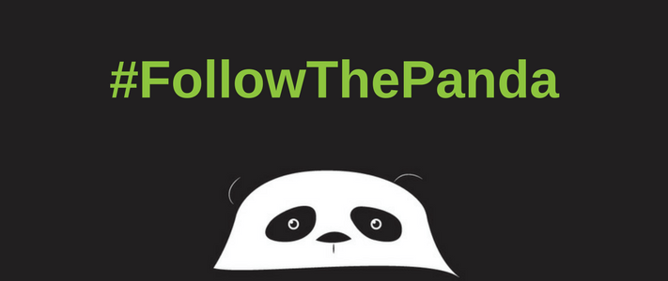
Once known as the pound sign, the # is now the most popular method of categorising content on social media. Here’s how you can use hashtags to amplify your content and integrate you online and offline marketing campaigns.
From #FeesMustFall to #MotivationMonday, you’ll find hashtags starting conversations and uniting groups on social media platforms all over the internet.
Whilst many hashtags are generated organically, businesses can create and leverage their own hashtags in their social media campaigns. Hashtags are a great way to connect with your audience, and the right hashtag can take your marketing campaign to new heights. Think about Coca-Cola’s #ShareaCoke campaign, or Red Bull’s #PutACanOnIt. These are examples of successful hashtag campaigns which led to fantastic user generated content, and truly brought their marketing campaign to life.
Hashtag Do’s and Don’ts
If you’re planning to include hashtags in your social media strategy however, it’s important that you understand that not just any old string of words will do. Just like any other marketing endeavor, you need a solid strategy in place if you’re hoping to see any kind of ROI.
Here are some essential hashtag do’s and don’ts to help you implement a hashtag campaign as part of your integrated marketing strategy.
| Hashtag do's and don'ts |
| Do | Don't |
| Be specific |
Use generic hashtags |
| Tailor your hashtags to the platform they’re intended for |
Apply a “blanket” strategy across all social media platforms |
| Use unbranded hashtags | Over-emphasise your brand name |
| Reference your hashtag in other marketing material (e.g. print media) | Expect your hashtag to do all the work for you |
| Be responsive and engage with your community | Don’t force conversations that aren’t relevant |
| Keep it short and simple | Over-think it |
| Use more hashtags than words |
Don’t use generic hashtags
Generic hashtags might get higher search volumes, and should definitely not be discounted from your social media strategy, however, if you’re wanting to target a specific market you’ll need to appeal to your unique buyer persona.
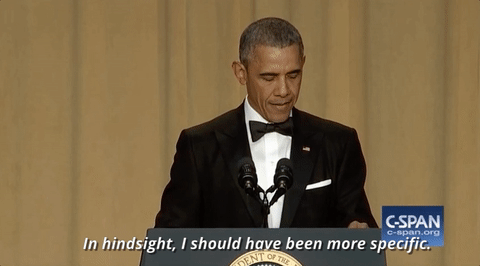
Targeting a specific audience generally produces better engagement levels.
| “Say, for example, your business sells baby products. Instead of using #parents—resulting in parents of children of all ages—opt for #newmom. The hashtag #newmom is specific to mothers of newborns—your target customer.” - writes Evan LePage from Hootsuite, a social media management platform. |
Tailor your hashtags to the platform they’re intended for
The use of hashtags varies greatly between platforms - with each one having its own best practices. For example, hashtags on Instagram usually speak more to a description of the content (like #Flowerstagram for an image of a rose), whereas on Twitter, you’d be speaking to the topic being discussed (like #Artificialintelligence).
Applying a “blanket” strategy across all of your social media platforms doesn’t work
Your followers on Twitter have different expectations than your followers on LinkedIn, Instagram or Facebook, and your content (including the way you use hashtags) should meet these differing expectations. This requires taking the time to understand these different audiences, and listening to what they want from you.
.gif?width=540&name=giphy%20(1).gif)
Coming up with the perfect hashtag for your campaign will also require researching trending (and relevant) hashtags for each social platform.
Use unbranded hashtags
A smart, quirky and memorable hashtag doesn’t need a brand name for people to make the connection to you. As long as you’re using the hashtag consistently, and it resonates with your audience, people will make that connection on their own.
Over-emphasising your brand name is cheesy, and will look stiff and unnatural
You want your audience to want to use (and engage with) your hashtag.
.gif?width=500&name=giphy%20(3).gif)
Don’t treat print and digital as mortal enemies
To make the most of your hashtag, you need to integrate it into other marketing material. This means using it on your website, and in other traditional marketing material, like print and television.
Hashtags are the perfect way to marry your online and traditional advertising. Firstly, they can be used in print as a strong call to action - encouraging your audience to visit your social media platforms and engage with you online. Hashtags are also a great strategy for brand recall, and can become part of your brand’s identity. Including a catchy hashtag in all of your brand’s communication will create consistency, and help your audience to think of your brand whenever they see or use the hashtag.
Hashtags are also a great way to encourage user generated coverage at events. This will centralise any online discussion of your brand, connecting all of your visitors online. The hashtag can be used in the build-up to the event, at the event itself and even after the event - to keep a conversation going.
There are two key elements for using a hashtag to integrate your traditional and digital media:
- It must be unique and memorable.
- It must be clear - ambiguity can lead to controversy if your hashtag can be interpreted in another way.
Don’t expect your hashtag to do all the work for you
Without a strong concept and distribution strategy, your hashtag won’t perform the way you’d like it to.
.gif?width=500&name=giphy%20(6).gif)
Be responsive and engage with your community…
Be a part of the conversation. If your audience is actively using and engaging with your hashtag - engage back. Commenting, liking and sharing your users’ content will let them know that you’re listening, and that you value their support. Social media is a great place to build relationships with your customers - and hashtags are the perfect tool to start this two-way communication.
… but don’t force conversations that aren’t relevant
.gif?width=480&name=giphy%20(5).gif)
If your audience is engaging with you, don’t blow this opportunity by responding with irrelevant, sales-pitchy type communication. Unless someone has asked you a question about your product or services, keep it light hearted and conversational.
Keep it short and simple
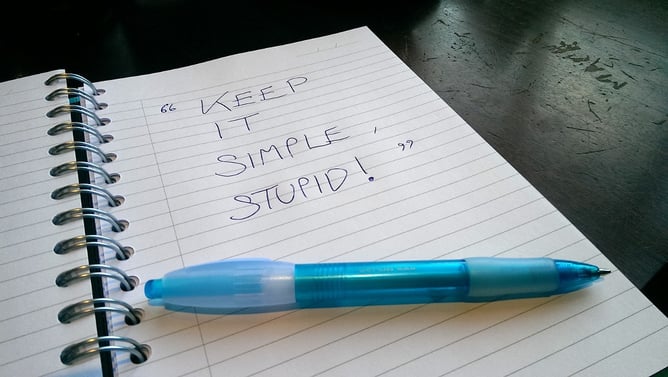 Image source: Comms Breakdown
Image source: Comms Breakdown
Don’t over-think it
When working with hashtags, always apply the KISS principle (keep it simple stupid). Don’t use hashtags that are too wordy (it’s not a sentence) or completely obscure. Also try to avoid peppering your social posts with hashtags, as if they were punctuation marks. Not every post needs a hashtag - remember, using hashtags should add value to your social content.
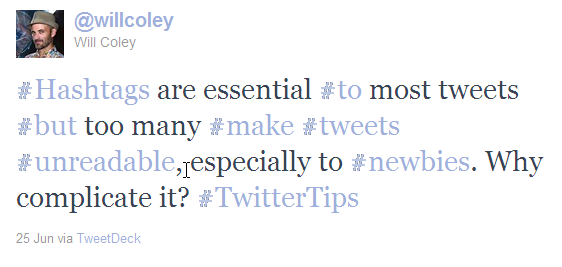
Image source: Echo VME
Using hashtags will help you reach (and make an impression on) a broader audience. Keep these simple tips in mind, and your hashtags will aid the discovery of your content and amplify your integrated marketing campaign.
#FollowThePanda to marketing success with Penquin’s integrated marketing eBook



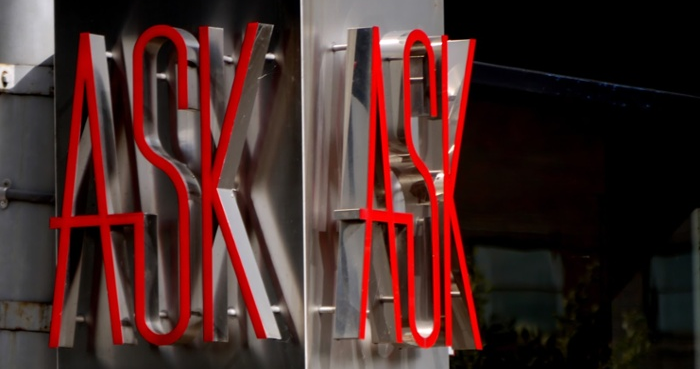
SUBMIT YOUR COMMENT